Global industrial collaboration is imperative
The 2nd World Textile Merchandising Conference convened successfully
Oct 14, 2019 | by CT
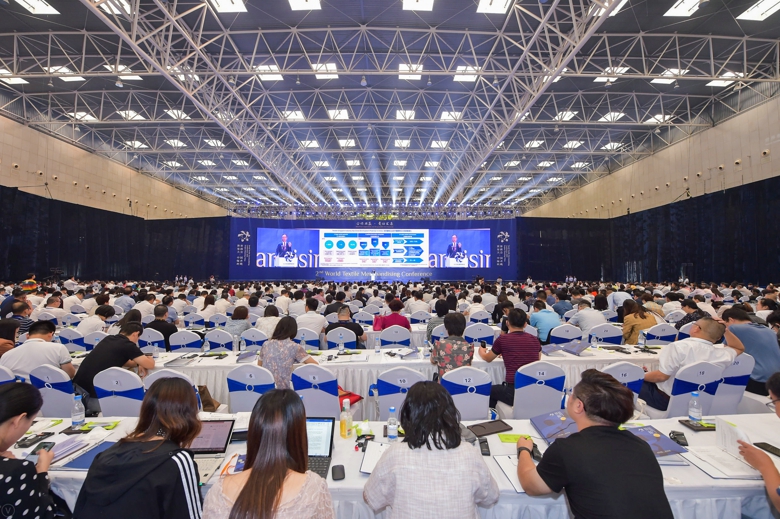
“Towards the future, we will adhere to open collaboration, continuously promote the interconnection of industry and market, and jointly improve the development of the industrial chain. Facing the future, we will adhere to science and technology drive, continuously strengthen basic research, applied research and technology transformation, and jointly improve the industrial infrastructure capabilities. Facing the future, we will give full play to the role of textile and garment as a cultural carrier and a bridge of civilization, and jointly enhance the value of industrial culture.” During the theme conference of the 2nd World Textile Merchandising Conference on September 27th 2019, industry representatives from 45 countries and regions jointly released the “World Textile Merchandising Declaration”, which solemnly clarified the future development goals and grand vision of the global textile industry.

With the aim of “Win-Win Cooperation and Responsible Development”, and themed on “Open Collaboration, Technology Driven, Fashion Transformation”, the 2nd World Textile Merchandising Conference looked into the global textile industry from the perspective of the world economic structure, exploring the road to win-win cooperation for the Chinese textile industry in the new era, interpreting the fashion development advancing with the times and the secrets of the world’s top luxury brands, and comprehensively introducing the development and future planning of Keqiao economy in Shaoxing. At the conference, a ceremony was held to jointly build a pioneering zone for world-class textile industry clusters.
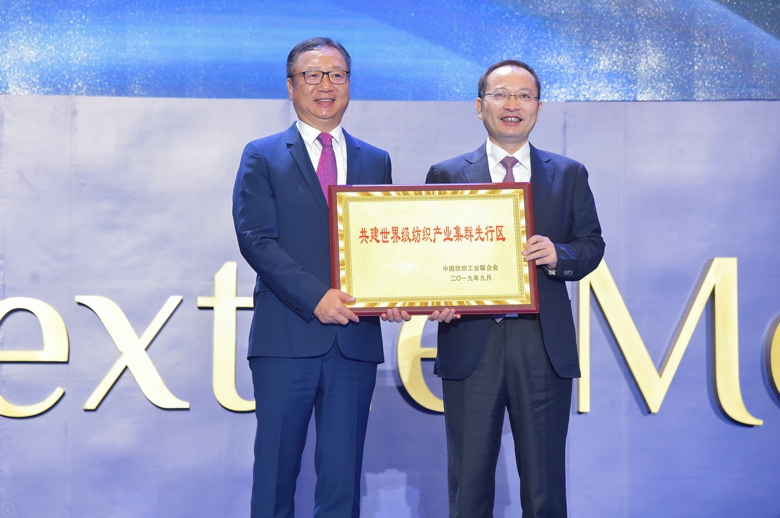
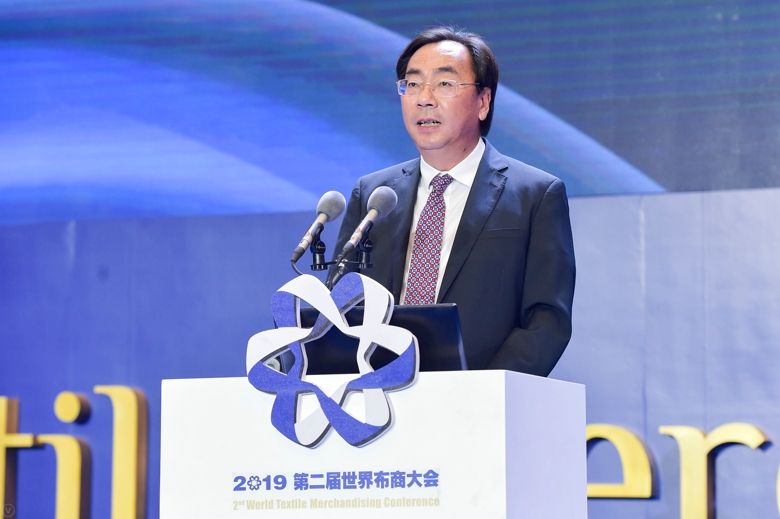
Ma Weiguang, secretary of the CPC Shaoxing Municipal Committee, said in his speech that since the founding of the People’s Republic of China, Shaoxing’s textile industry has witnessed continuous development, forming a modern textile system with a full industrial chain and a unique development model of “product + market” and “industry + city”. Shaoxing is also increasingly becoming the world’s important textile trade distribution center and the world’s fashion textile capital.
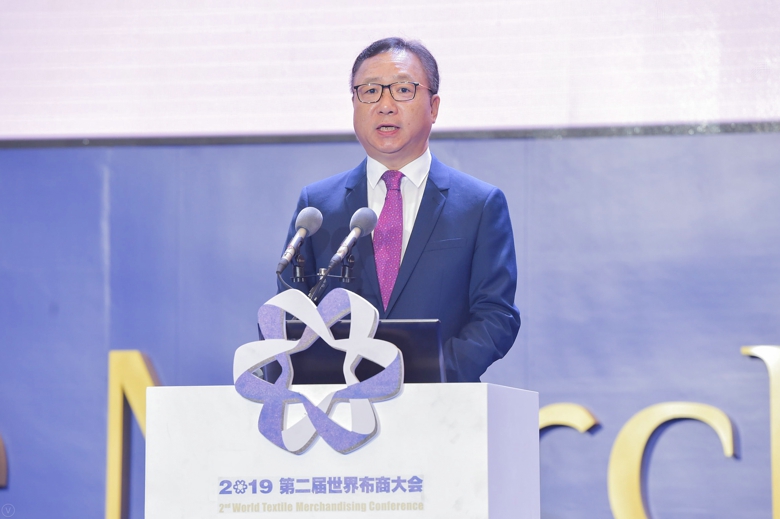
Sun Ruizhe, President of China National Textile and Apparel Council, delivered a keynote speech, pointing out that since the founding of the People’s Republic of China 70 years ago, China’s textile and garment industry has adhered to open development, serving people’s livelihood, innovation and development, and responsible development, and has become the core force supporting the smooth operation of the world textile industry system as well as an important industrial platform to promote global responsibility governance. At present, the rise of emerging countries and developing countries is irreversible, and global economic and trade relations have undergone profound changes. Countries and regions along the “Belt and Road” have become a new growth point for global trade and investment. The global trading system is moving toward a new type represented by digital trade. Technology and patents have become the key elements for enterprises to participate in international competition, and green consumption has begun to rise. In 2019, China’s textile industry presented a steady performance with pressures, while the export structure adjustment was further accelerated, and the quality of development continued to improve, showcasing some new changes including continuously enriched channel ecology, more consumers’ attention to quality, industrial value obtained from environmental protection, and increasingly obvious personalized production trend.
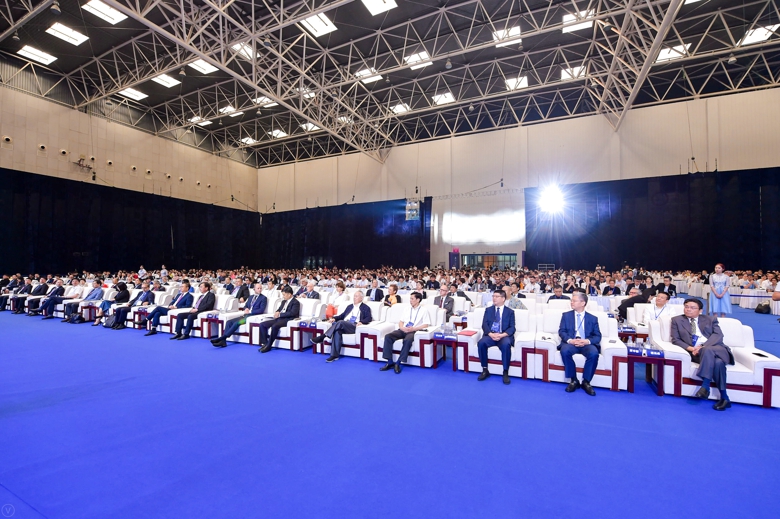
Where is the way for the development of Chinese textile brands?
In the theme forum, Han Jie, Deputy Director of Zhejiang Provincial Department of Commerce, Dr. Christian P. Schindler, Secretary General of International Textile Manufacturers Association (ITMF), Jiang Shicheng, Academician of Chinese Academy of Engineering, Lyne COHEN-SOLAL, National Consultant of fashion industry of French Ministry of Culture, Former Vice Mayor of Paris City, Chairman of L’Institut National des Métiers d’Art, Simon Collins, Founder and CEO of WeDesign, former Dean of the Parsons School of Design, and Alex ROTIN, Purchasing Director of Haute Couture Department, Chanel, carried out in-depth discussions on the new path of the development of Chinese textile brands.
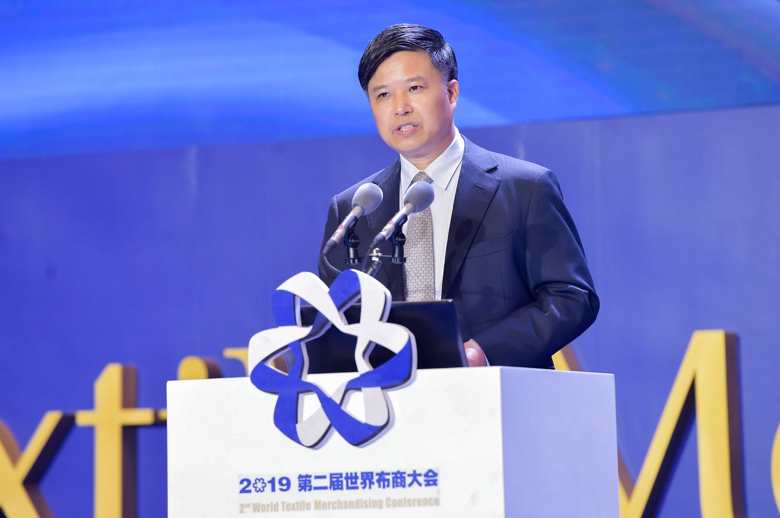
▲Han Jie pointed out in his speech that Keqiao’s practice fully proves that to develop, to innovate and to have a better life, we must unswervingly adhere to open development. To achieve a high level of openness, we aim to promote the construction of the “Belt and Road” for a higher level of international trade and investment as well as an open platform in a new era, so as to promote international cultural and people-to-people exchanges and cooperation, and build an international and legal business environment.
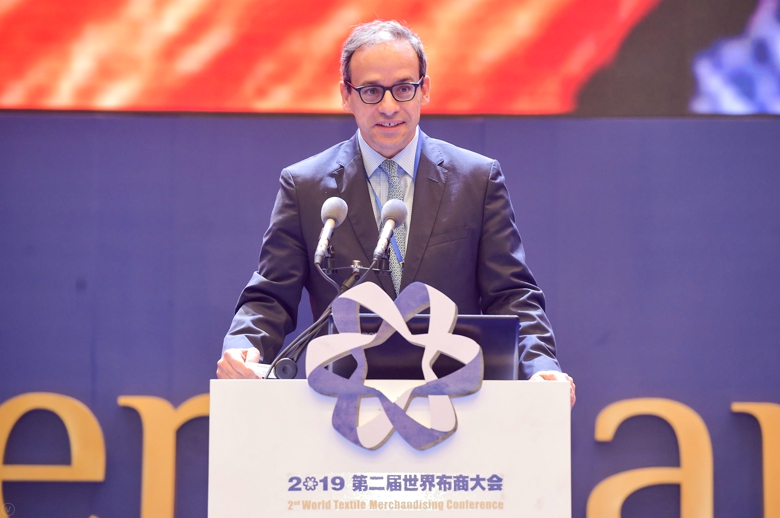
▲Dr. Christian P. Schindler said in his keynote speech that since the 1980s, global textile industry exports have continued to grow, but have stagnated at around $300 billion in the past few years; however, the export of garments has been increasing, while China is the main growth driver. He pointed out that in terms of consumption patterns, the world’s physical retailing is in a stagnant state. Even in the past two years, retail sales in physical stores have seen a 2% decline, while online e-commerce has enjoyed a steady increase of 20%. The growth rate of online e-commerce in Asia is the fastest. In terms of production trends, the textile industry’s equipment is running faster, with lower labor intensive and lower water consumption. This trend will not change in the next 100 years.
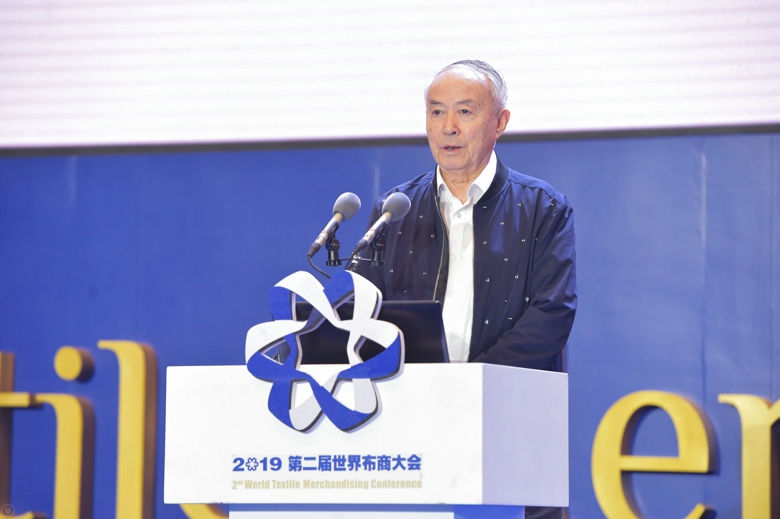
▲ Jiang Shicheng said that the acceleration of the new technological revolution and global industrial transformation has had a major impact on the world economic structure and competition pattern, showing several trends: first, the development of next-generation information technologies such as the mobile Internet, smart terminals, big data, cloud computing, and high-end chips, will drive many industrial transformations and innovations; second, technological innovations around new energy, climate change, space, and ocean development will be more intensive; third, emerging industries such as green economy and low-carbon technologies are booming; fourth, life sciences and biotechnology are driving the formation of huge industries such as health, modern agriculture, bio-energy, bio-manufacturing, and environmental protection.
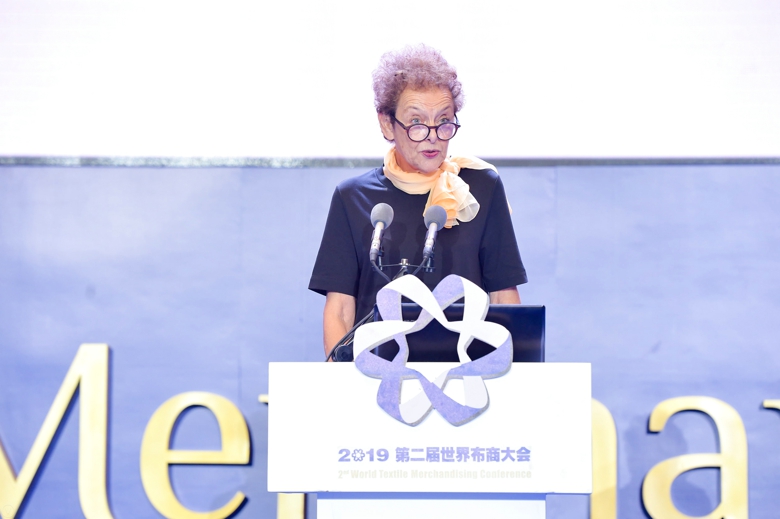
▲Lyne COHEN-SOLAL said that the industry must keep pace with the times and produce better products to meet the ever-changing needs of consumers. The relationship between art and industry lies in innovation, which is a gradual change and will be considered based on geographic location, gender, social class, etc. In the future, the fashion designers must consider complex cultural changes and must attract consumers. These are some of the channels that craftsmen can help predict consumer expectations. Design, ingenuity, and art can help us reverse trends and help fashion restore value.
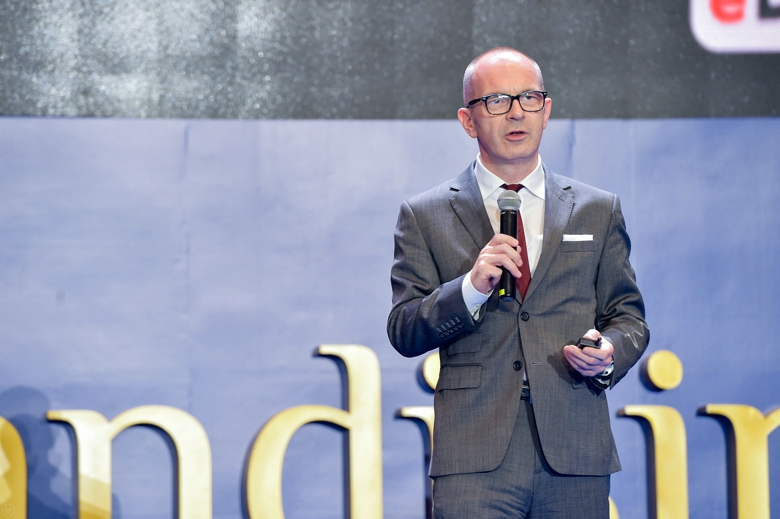
▲Simon Collins talked about“Sustainable Development – The Way of the Future Fashion”. He said that the younger generation of consumer groups are paying more attention to the sustainability of products. Whether it is raw material enterprises, fabric companies or ready-to-wear brands, sustainability has become an important factor affecting the growth of the company’s business. Every link in the supply chain is to think creatively about fashion and to have new fashion ideas, asking yourself what to give to consumers, how to give them more things, how to make it a part of their lives, not just a deal.
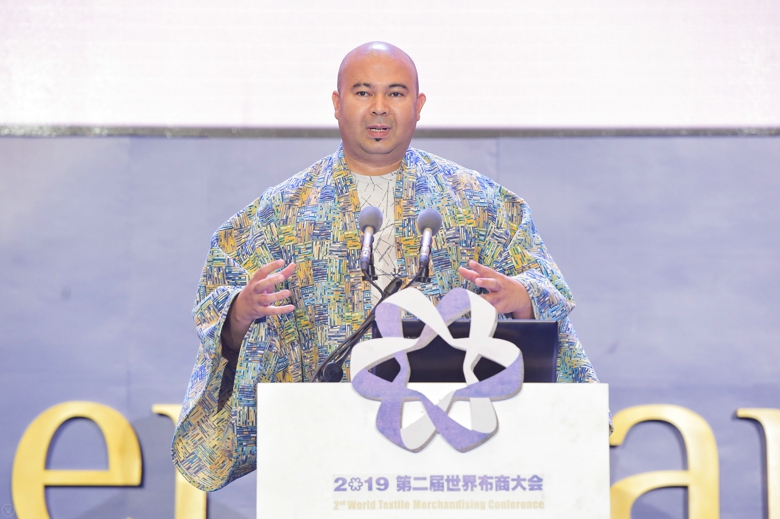
▲Alex ROTIN said in the speech that textiles are often used to display styles, to determine the brand image and brand culture, and even to define the brand’s proper nouns. These fabrics reveal the texture of the design, the direction of the brand and the positioning in the market. When it comes to fabric choices, he believes that fabrics can be selected based on seasons, themes, and clothing cuts. It is not negligible that in the future the ecological value will be used as a guide for the production of raw materials to minimize pollution.








